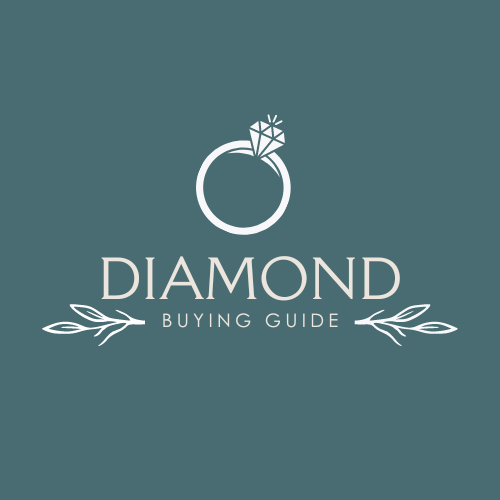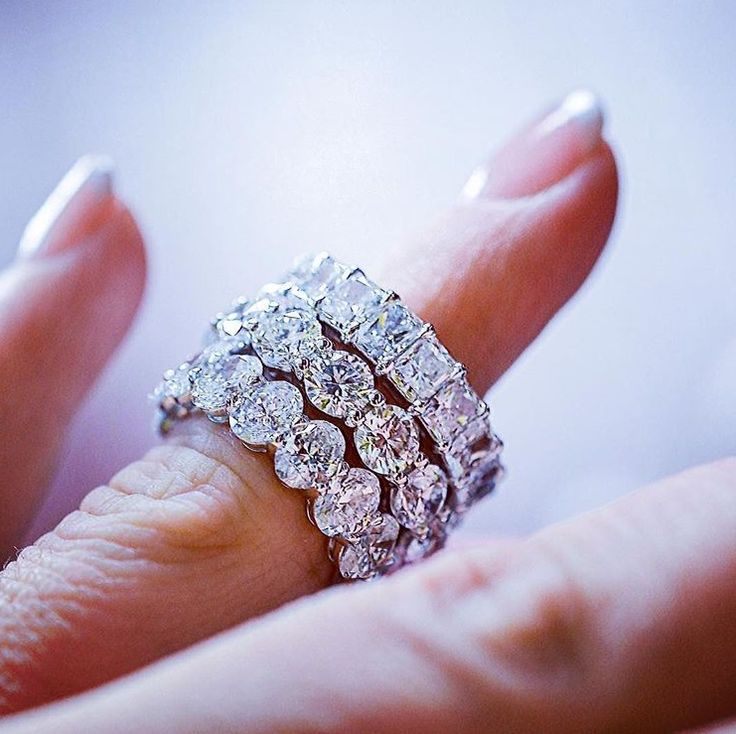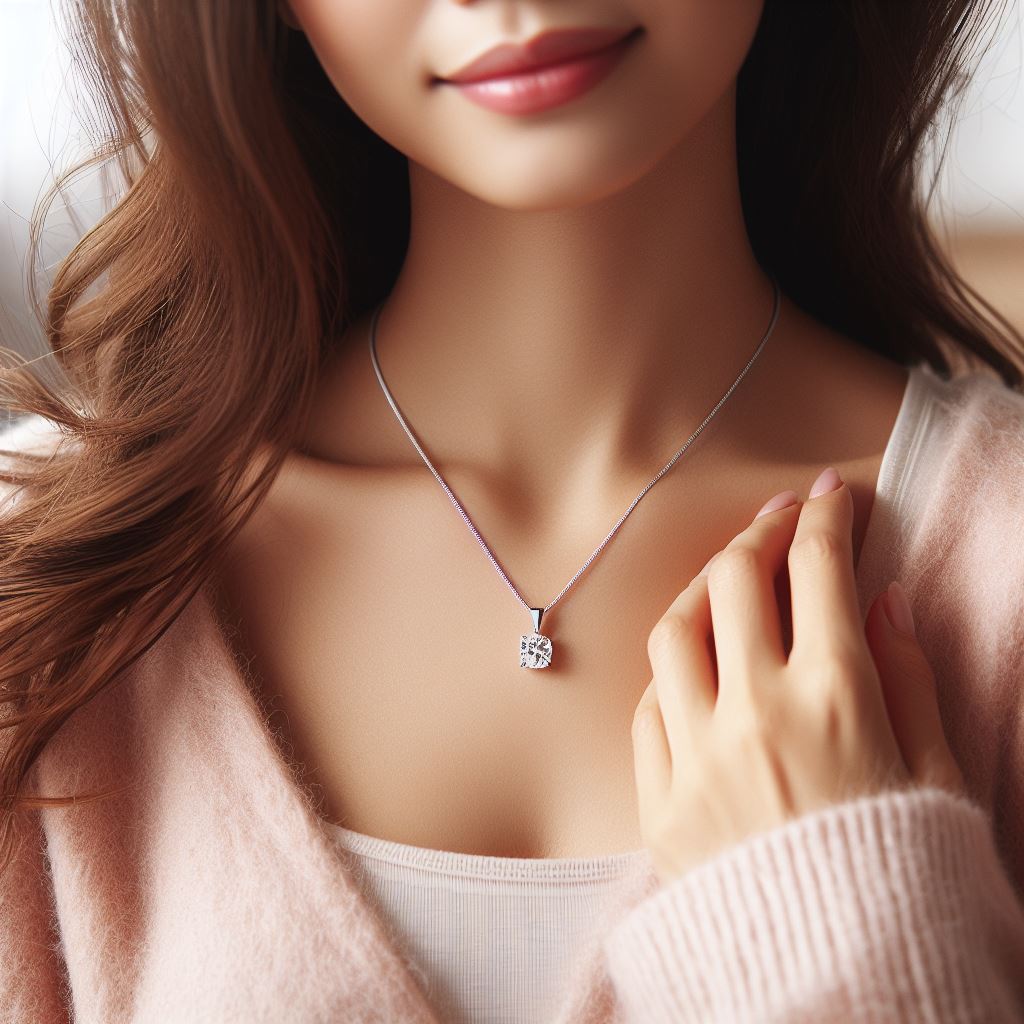Tips for ensuring your diamond purchase is perfect
Buying a diamond should be an excellent experience. You are about to ask the love of your life to spend theirs with you. This is a pivotal time in your life – one that is filled with joy and love. The last thing you want or need is for your experience purchasing the diamond they will wear for a lifetime to be filled with void and uncertainty. Buying a diamond doesn’t have to be difficult or draining. What it should be is an excellent experience. Here are a few tips to ensure that your diamond purchase is perfect. Shopping for an engagement ring can be confusing if you’ve never purchased a diamond before. Before you buy a diamond, you should know these tips.
Aim for a careful compromise
The cost of diamonds is no secret. The cost of diamonds can, nonetheless, surprise first-time buyers. Set a budget before buying a diamond. Take a look at diamond prices to see what you can afford. It may be necessary to compromise on your diamond dreams, but not to fret, you can always upgrade later, and buying a bargain-priced diamond does not mean you should compromise on quality. It is still possible to get the ring of your dreams, as long as you compromise on stone size instead of quality.
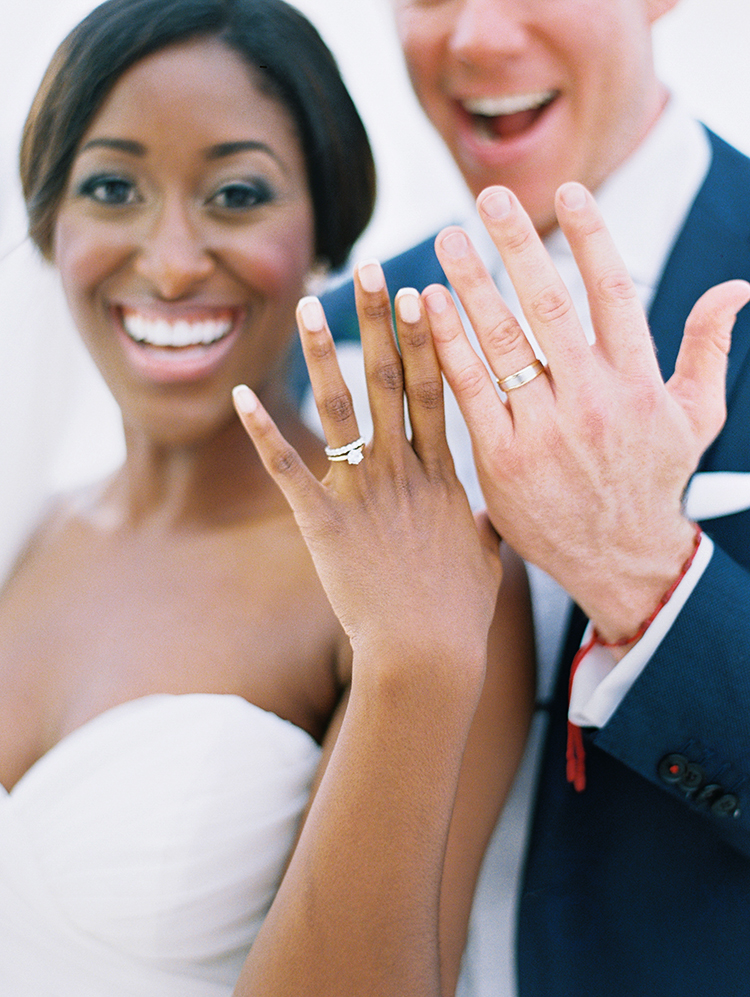
If you are considering buying a mined diamond, consider alternatives
Mined diamonds are not the only stones that can make excellent engagement rings. It is becoming more popular to buy lab-made diamonds, for example. In addition to having the same beauty, and durability, as natural diamonds, these are up to 50%-70% less expensive than diamonds from mines.
As a replacement for diamonds in engagement rings, colored gems are often durable enough to wear every day and are stunning in their own right. Among the most popular gems, sapphires, rubies, and emeralds are the most popular.
If you want to buy a diamond, you need to pay attention to the cut quality
In order to assess a diamond’s quality, it should have a grading report from a reliable laboratory, like the Gemological Institute of America (GIA) or the International Gemological Institute (IGI). There is a lot of information in this report, but assessing the quality of a stone is simplified with a review of the Four Cs: cut, clarity, color, and carat. These grades will be your first indication of the diamond’s quality.
One of the most important factors in determining the value of a diamond is cut. Well-cut diamonds conceal color and clarity imperfections. Make sure you maintain high standards for cut quality when you’re shopping for diamonds.
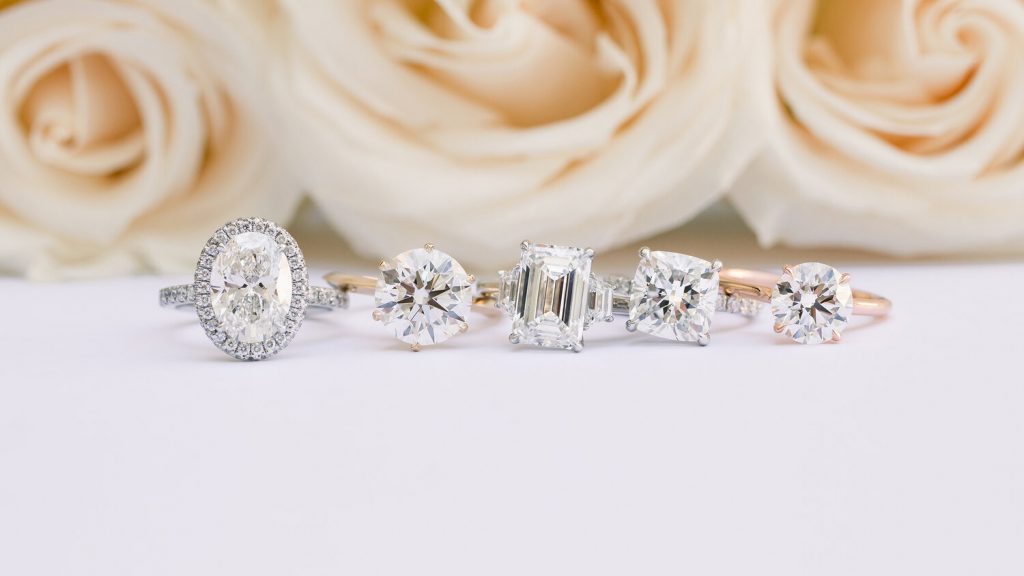
Lab Grown Diamonds and Natural Diamonds are available in a variety of shapes
Most consumers prefer round diamonds, but there are many different diamond shapes, and some non-round shapes really stand out. In addition, they are less expensive than round diamonds.
Despite their carat weights, most non-round shapes appear larger than rounds. They look bigger because they have a long or diagonal shape.
The oval cut is the second most popular diamond shape after the round. There is also a lot of interest in Elongated cushions and pear shapes at the moment. Take a look at our shape-specific guides if you’re considering a shape other than round.
Princess • Elongated Cushion • Oval • Emerald • Pear • Asscher • Marquise • Elongated Radiant • Trillion • Heart • Square Radiant • Square Cushion and more.
Appearance is less important than carats when it comes to price
The carat weight of diamonds plays an important role in diamond pricing. The reason is that diamonds are priced per carat and their prices increase at certain benchmark carat size categories: 0.50-0.69 cts, 0.70-0.89, 0.90-0.99, 1.00-1.49, 1.50-1.99 cts, 2.00-2.99 cts, 3.00-3.99 cts, 4.00-4.99 cts, and 5.00 cts and up. For example, if a diamond is 0.69 Carat and a second diamond that is 0.70 Carat, you will pay more for the 0.70 Carat simply because it moved to a different category.
Let’s talk about “Face Up”. For example, let’s say a 1.0-carat diamond diameter may measure 6.5 mm and a 0.5-carat diamond may measure a 5mm diameter, the 0.5 carat will appear 25% smaller than the 1.0 carat due to the diameter, or what is called “face up”.
Keep Color and Clarity Simple
Determining which diamond color you like is a decision that is made by preference because determining the importance of the diamond color is subjective. Color will either be colorless or it won’t be. If you are someone who appreciates warmer colors, then focus on K, J, I, H, and sometimes G-colored diamonds. If you are someone that appreciates colorless (“white”) diamonds, then focus on D, E, or F-colored diamonds.
Lab-grown diamonds can come with additional tinges that the certificate will not mention. Here are some of the tinge colors: Blue, Green, Brown, Yellow, Gray, and Mix (a few colors).
From our experience, here is what color and clarity grading in Lab Grown Diamond means to the naked eye in CVD and HPHT. To learn more about CVD and HPHT, click here.
CVD Lab Diamonds Color Grading Guide to The Naked Eye
D-E: No tinges will be visible to the naked eye in all shapes. The diamond shapes will look white.
F: There is a 5% possibility that a brownish, grayish, or greenish tinge will be visible to the naked eye in all shapes.
G: There is a 15% possibility that a brownish tinge or a mix tinge will be visible to the naked eye in the following shapes: Round, Square Radiant, Princess, and Square Cushion.
There is a 40% possibility that a brown tinge or a mix tinge will be visible to the naked eye in the following shapes: Elongated Cushion, Elongated Radiant, Marquise, Princess, Pear, Oval, and Heart.
H-I-J: There is a 50% possibility for a brownish tinge, yellowish tinge, or mix tinge in the following shapes: Round, Square Radiant, Princess, and Square Cushion.
There is a 75% chance for a brown tinge, yellow tinge, or mix tinge in the following shapes: Elongated Cushion, Elongated Radiant, Marquise, Princess, Pear, Oval, and Heart.
HPHT Lab Diamonds Color Grading Guide to The Naked Eye
D-E-F: There is a 20% possibility of a blue tinge or gray tinge in all shapes.
G-H: There is a 50% possibility of a blue tinge in all shapes.
In terms of clarity, either a diamond appears eye clean, or it does not. Additionally, a diamond, whether lab-grown or mined-grown, is crystalized carbon that contains internal and external inclusions, (yes, even lab diamonds have inclusions); the inclusions are graded under a 10x magnifying lens.
Let’s try and simplify these “complex terms” to what matters most to the reader. That is, “what does it mean to you, the customer? Here is how it will apply to your naked eye based on the diamond shape:
Lab Diamonds Clarity Grading Guide to The Naked Eye
Flawless – No inclusions, internal or external exist under a 10x magnifying glass, and the diamond will be 100% eye clean.
Internally Flawless – a minor inclusion might be internally visible under a 10X magnifying glass that can be detected only by a GG (Graduate Gemologist).
VVS1, VVS2 – Very, very small inclusion will be visible under a 10X magnifying glass to a Graduate Gemologist, but a non-professional will not be able to see it under a 10X magnifying glass. It will be 100% Eye Clean for all shapes.
VS1, VS2 – Very small inclusions will be visible under a 10X magnifying glass. VS1 grading will not be visible to the naked eye in any shape. VS2 grading will not be visible to the naked eye in the following shapes: Round, Marquise, Square Radiant, Elongated Radiant, Square Cushion, Elongated Cushion, Oval, Heart, Princess, and Pear.
There is a 5% possibility that the inclusions will be visible to the naked eye in the following shapes: Emerald or Asscher
SI1, SI2 – Slightly included. In an SI1 grading, there is a 10% possibility that the inclusion will be visible to the naked eye in the following shapes: Round, Marquise, Square Radiant, Elongated Radiant, Square Cushion, Elongated Cushion, Oval, Heart, Princess, and Pear.
There is a 50% possibility that the inclusions will be visible to the naked eye in the following shapes: Emerald and Asscher.
In an SI2 grading, there will be a 65% possibility that the inclusion will be visible to the naked eye in the following shapes: Round, Marquise, Square Radiant, Elongated Radiant, Square Cushion, Elongated Cushion, Oval, Heart, Princess, and Pear.
There will be an 80% possibility that the inclusions will be visible to the naked eye in the following shapes: Emerald, and Asscher.
I1, I2, I3– Will be 100% visible to the naked eye in all shapes: Round, Marquise, Square Radiant, Elongated Radiant, Square Cushion, Elongated Cushion, Oval, Heart, Princess, and Pear.
When it comes to clarity it’s our opinion that there is no need to invest more money in something that you can’t see with the naked eye. If you can’t see the inclusion with the naked eye, then it will not affect the diamond’s brilliance, so why bother?
The advantage of this approach is that you won’t be paying too much for grades of clarity that are unrecognizable by the eye. If you cannot tell the difference between a VVS2 to a VS2, there is no reason to pay extra for a diamond with a VVS2-graded diamond.
Taking the ring style into consideration
Among engagement ring shoppers, center diamonds are the most important factor to consider. While diamonds are important, a ring design that fits your style and personality will make a significant difference in how you feel about your ring. As well as the diamond, the ring itself will have an impact on its appearance. There are many factors to consider, including the setting, metal color, and even shape.
Depending on your preferences, you may prefer plain settings, intricate settings, or anything in between. Diamond Pave bands appeal to many people. A simple halo setting may be preferred by others. Some prefer Hidden Halos, some prefer Hidden Accents, and some prefer Solitaire settings, such as minimalists and traditionalists. Some prefer Delicate rings that are between 1 mm – 1.8mm in width. There may be some who want to add a little sparkle to their design.
The design that you and your partner like best is the one you should choose. Browse all the different styles of engagement rings available at The Art of Jewels. If you are unsure of the look you want, you can also find inspiration by searching thousands of predesigned engagement rings.
Do Your Research Before Buying a Diamond
The best way to make a wise purchasing decision is to do your research before making a purchase. When you spend thousands on an engagement ring, you want to be sure you’re not paying too much for quality you’ll never notice.
Diamond quality, however, can be influenced by a wide range of factors. Research cannot turn you into an expert without years of training. Obviously, you do not have to be an expert to figure out what looks good; we can always help you find the best diamond for your budget.
You don’t need to see it in person, to buy it
We know that we are asking you as a first-time diamond buyer to make an emotional, romantic purchase decision in a non-emotional way. Buying online without having the “feel and look” of your diamond in person can be a hard task for anyone. At The Art of Jewels, we are working for you, and our clients trust us to make sure that the diamond that they picked will have no tinges, that its luster is excellent, and that there aren’t any inclusions that are visible to the naked eye, and that there aren’t any bowties, etc. Our local and International Graduate Gemologists will check each diamond order in person, they will check over 20 parameters to make sure that the diamond that you pick is as exceptional as you are.
For more information on lab-grown diamonds, diamond shapes, or tips on purchasing a diamond, visit our blog.

